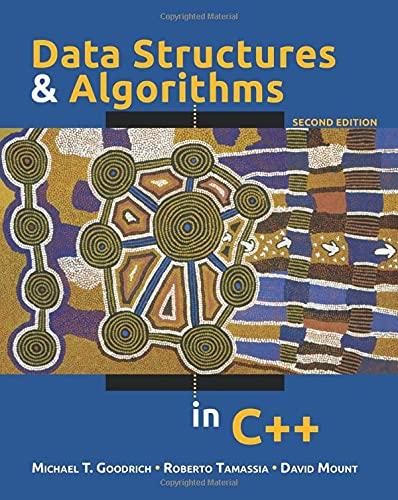Consider the following code fragment: class Object { public: virtual void printMe() = 0; }; class Place
Question:
Consider the following code fragment:
class Object
{ public: virtual void printMe() = 0; };
class Place : public Object
{ public: virtual void printMe() { cout << "Buy it.\n"; } };
class Region : public Place
{ public: virtual void printMe() { cout << "Box it.\n"; } };
class State : public Region
{ public: virtual void printMe() { cout << "Ship it.\n"; } };
class Maryland : public State
{ public: virtual void printMe() { cout << "Read it.\n"; } };
int main() {
Region* mid = new State;
State* md = new Maryland;
Object* obj = new Place;
Place* usa = new Region;
md−>printMe();
mid−>printMe();
(dynamic cast(obj))−>printMe();
obj = md;
(dynamic cast(obj))−>printMe();
obj = usa;
(dynamic cast(obj))−>printMe();
usa = md;
(dynamic cast(usa))−>printMe();
return EXIT SUCCESS;
}
What is the output from calling the main function of the Maryland class?
Step by Step Answer:

Data Structures And Algorithms In C++
ISBN: 9780470383278
2nd Edition
Authors: Michael T. Goodrich, Roberto Tamassia, David M. Mount





